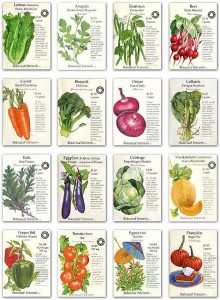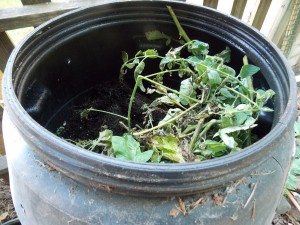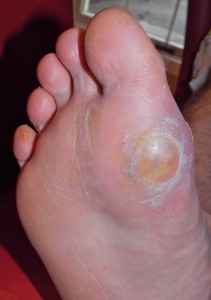It’s that time of year again when we are all starting our seeds and getting those gardens back in shape. Last year was our first year gardening — EVER. We had mixed success, primarily because our property is about 80% shade. One thing I learned though is the importance of picking the right seeds. By this I do not mean just picking the right vegetables, but also the importance of using heirloom seeds so I could let some of my garden go to seed and harvest those seeds for the next year.
 This year, while surfing the internet for seeds, I came across some interesting articles about seed banks. The National Geographic article, Food Ark, refers to the world seed vault (which I initially thought was kind of a hokey idea). But I kept reading and discovered why it is so incredibly important. I am sure most of the prepper community understand the value of using heirloom seeds, instead of hybrids, for seed harvesting. But, what I found to be both fascinating and horrifying is that 95% of vegetable and fruit varieties have gone extinct in the last 100 years. Mass production, produce values, and hardiness were chosen over variety. While we are busy saving pandas, polar bears, and whales, no one seems to be worried about saving our food. (Another good article is, The Extinction of Food: Why Heirloom Seeds May Be Our Only Hope.)
This year, while surfing the internet for seeds, I came across some interesting articles about seed banks. The National Geographic article, Food Ark, refers to the world seed vault (which I initially thought was kind of a hokey idea). But I kept reading and discovered why it is so incredibly important. I am sure most of the prepper community understand the value of using heirloom seeds, instead of hybrids, for seed harvesting. But, what I found to be both fascinating and horrifying is that 95% of vegetable and fruit varieties have gone extinct in the last 100 years. Mass production, produce values, and hardiness were chosen over variety. While we are busy saving pandas, polar bears, and whales, no one seems to be worried about saving our food. (Another good article is, The Extinction of Food: Why Heirloom Seeds May Be Our Only Hope.)
I am appalled to report that my own heirloom seeds fall into  the category of hearty store-bought ones. There is nothing unique or special about my seeds. So what can we do to help with this problem? My advice would be that we all seek out these rare varieties, join seed exchanges, and support farmer’s markets and CSA Co-Ops (Community Support Agriculture) whenever possible. Find the uncommon and value its place in our future.
the category of hearty store-bought ones. There is nothing unique or special about my seeds. So what can we do to help with this problem? My advice would be that we all seek out these rare varieties, join seed exchanges, and support farmer’s markets and CSA Co-Ops (Community Support Agriculture) whenever possible. Find the uncommon and value its place in our future.
Next I read, EWG’s 2012 Shopper’s Guide to Pesticides in Produce, and looked at a list of what they call “The Dirty Dozen”; the foods we buy and eat that have the most residual pesticides. Again, this was eye-opening information that showed me exactly which of my favorite produce was on the danger list. And worse yet, I am not strict enough about washing my produce. If I wasn’t already a “prepper,” this would be enough to make me seriously consider joining the team!
 My new growing/gardening goal is to seek out a variety of quality seeds, and to grow some of those vegetables on the high pesticide laden foods list that we would normally buy. So this year–in addition to growing tomatoes, cilantro, and green onions from last year’s seeds–I will be growing my own spinach and peppers (two of the dirty dozen). We eat spinach more than most other varieties of lettuce and it grows really well in containers. Additionally we are still on the canning salsa kick so we are really looking forward to the peppers. I will also be networking with some friends in the Pacific Northwest to see if I can get some of their heirloom seeds for next year, and possibly getting involved in the Seed Savers Exchange.
My new growing/gardening goal is to seek out a variety of quality seeds, and to grow some of those vegetables on the high pesticide laden foods list that we would normally buy. So this year–in addition to growing tomatoes, cilantro, and green onions from last year’s seeds–I will be growing my own spinach and peppers (two of the dirty dozen). We eat spinach more than most other varieties of lettuce and it grows really well in containers. Additionally we are still on the canning salsa kick so we are really looking forward to the peppers. I will also be networking with some friends in the Pacific Northwest to see if I can get some of their heirloom seeds for next year, and possibly getting involved in the Seed Savers Exchange.
Do you grow any rare varieties? If so, what? And would you be willing to share some seeds?!






















